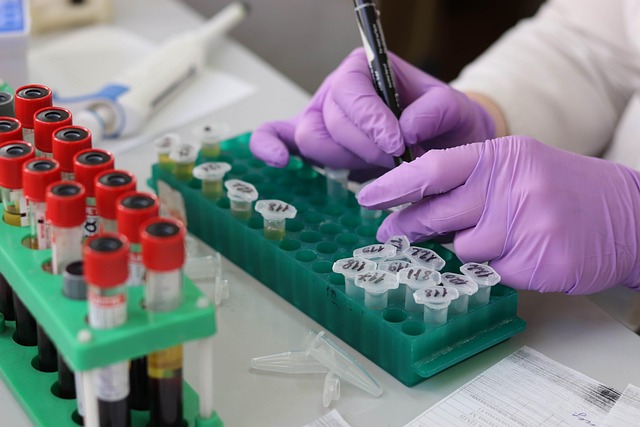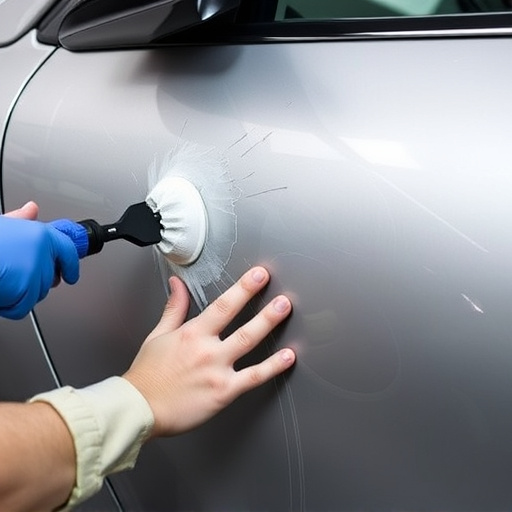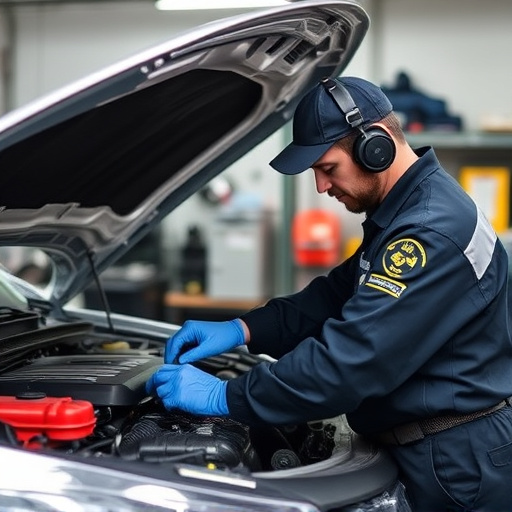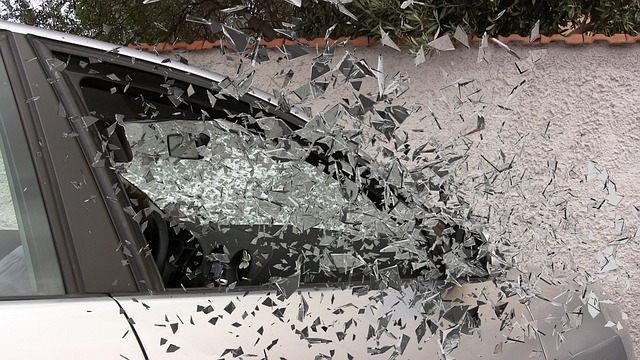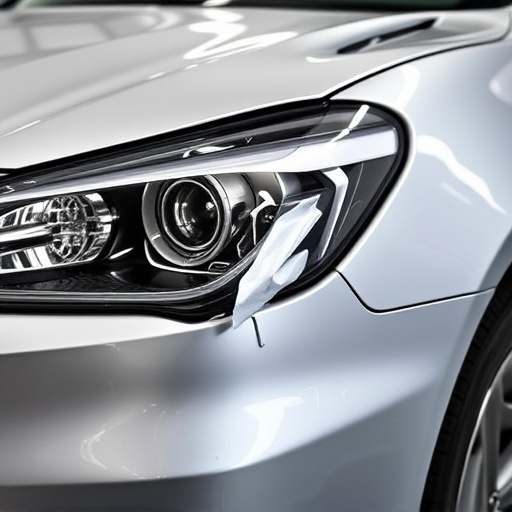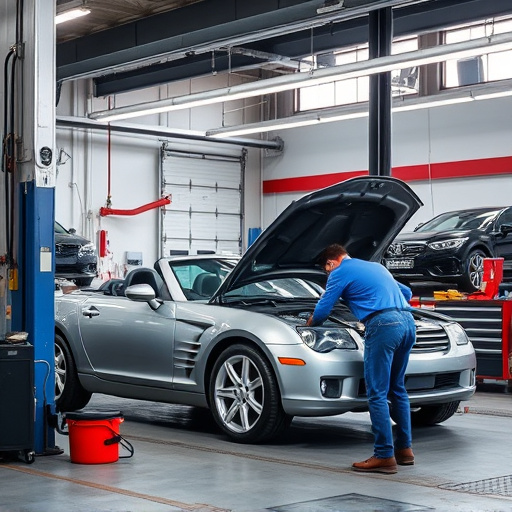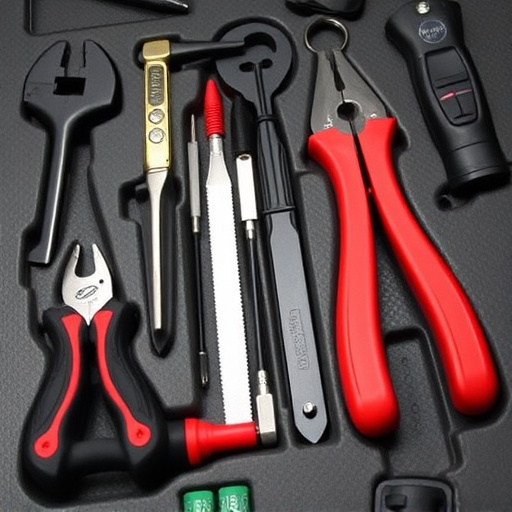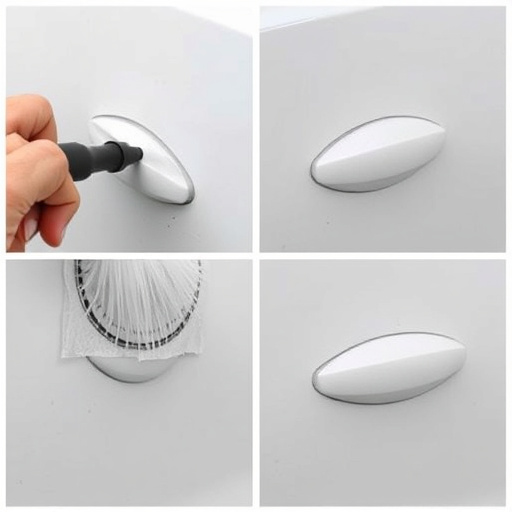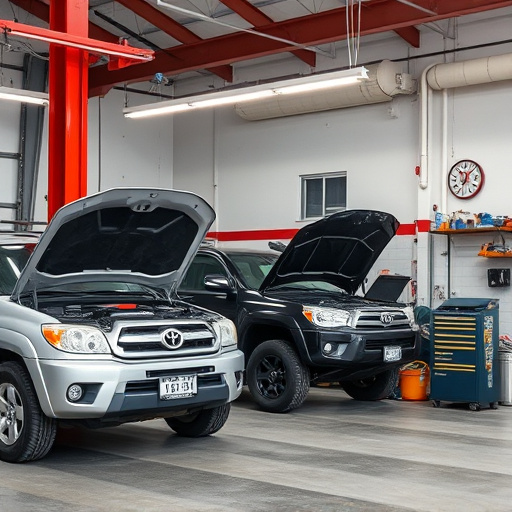Performance car body repair requires specialized skills and knowledge due to their intricate design and focus on speed and handling. Standard techniques may not address unique aspects like aerodynamics and lightweight materials effectively, impacting performance even from minor damage. Technicians must consider structural and aerodynamic implications for safety and optimal driving experience. Using high-quality tools and advanced techniques like spot welding and composite repair ensures accurate repairs matching original factory finish. Neglecting regular maintenance and DIY repairs without proper knowledge can lead to structural damage and compromised vehicle integrity, emphasizing the importance of professional fender repair using quality parts.
Unleash the power of knowledge! If you’re a performance car enthusiast, understanding the art of body repair is crucial. This guide reveals seven secrets that every car lover should know. From navigating unique challenges specific to performance cars to mastering essential tools and steering clear of common mistakes, this article ensures your restoration efforts meet perfection. Discover the secrets to achieving precision, quality, and longevity in your performance car body repair journey.
- Understanding the Unique Challenges of Performance Car Body Repair
- Essential Tools and Techniques for Precision and Quality
- Common Mistakes to Avoid for Longevity and Aesthetics
Understanding the Unique Challenges of Performance Car Body Repair
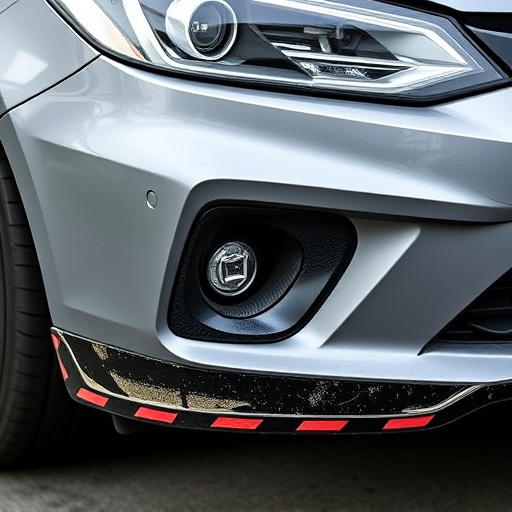
Performance car body repair presents a unique set of challenges compared to standard vehicle repairs. These high-performance machines often feature complex aerodynamics and lightweight materials, designed to maximize speed and handling. Any damage, especially from a fender bender or minor collision, can affect not just the exterior but also the structural integrity of these cars. Traditional dent repair techniques might not be suitable for performance vehicles due to their specific design nuances.
Autobody repairs on performance cars demand precision and expertise. Technicians must consider how each repair impacts the overall performance characteristics of the vehicle. For instance, a seemingly minor dent in a panel could disrupt the airflow over the car’s body, affecting its downforce and handling dynamics. Therefore, understanding these subtleties is crucial when undertaking any performance car body repair to ensure both safety and optimal driving experience.
Essential Tools and Techniques for Precision and Quality
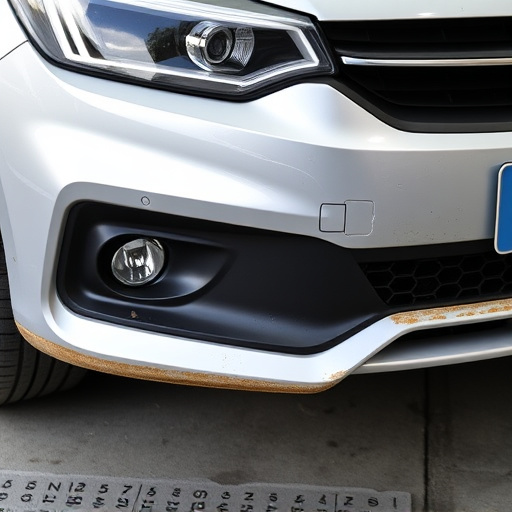
When it comes to performance car body repair, precision and quality are paramount. The right tools and techniques can make all the difference between a mediocre fix and a flawless restoration. For starters, invest in high-quality equipment such as specialized welding torches, precise measuring tapes, and top-tier auto body putty. These tools enable mechanics to perform intricate repairs with accuracy, ensuring every curve and contour matches the original factory finish.
Furthermore, mastering advanced techniques like spot welding and composite repair methods is crucial. Spot welding, for instance, offers unparalleled precision when reinforcing damaged areas without altering the car’s structural integrity. Composite repair involves using modern materials like fiber glass and carbon fiber to mend severe dents and cracks, providing a lightweight and durable solution that enhances performance. Incorporating these essential tools and techniques guarantees that every performance car body repair job is executed with both artistic skill and scientific rigor.
Common Mistakes to Avoid for Longevity and Aesthetics
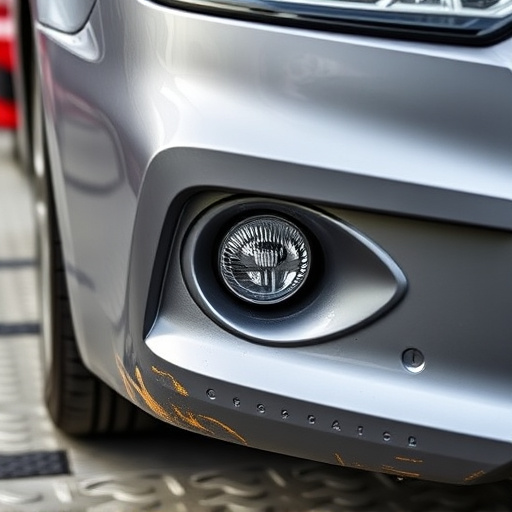
Performance car owners often push their vehicles to the limit, which can result in common mistakes that hinder longevity and aesthetics. One frequent issue is neglecting regular auto maintenance, particularly when it comes to fender repair and vehicle dent repair. Even minor dents or scratches can escalate if left unattended, leading to more significant structural damage.
Another mistake is attempting DIY (do-it-yourself) performance car body repair without proper knowledge or tools. While some basic auto maintenance tasks are feasible for enthusiasts, complex repairs require professional expertise. Using incorrect techniques or subpar materials can compromise the vehicle’s integrity and appearance. Therefore, prioritizing professional fender repair and investing in quality parts are essential to preserving the beauty and safety of your performance car.
Performance car body repair is an art that requires a deep understanding of both automotive engineering and meticulous craftsmanship. By mastering the secrets outlined in this article, from recognizing unique challenges to employing precise techniques and avoiding common pitfalls, you’ll be well-equipped to handle even the most demanding restoration projects. Investing time in learning these aspects will not only ensure long-lasting results but also maintain the aesthetic excellence that performance cars are known for. Embrace these insights as your guide to achieving superior performance car body repair outcomes.
